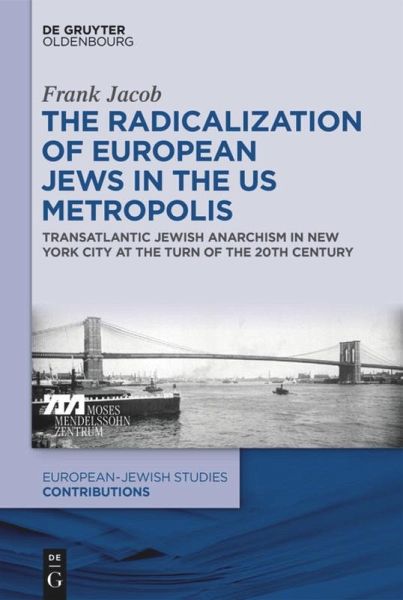
The Radicalization of European Jews in the US Metropolis
Transatlantic Jewish Anarchism in New York City at the Turn of the 20th Century

PAYBACK Punkte
0 °P sammeln!
During the late 19th and early 20th centuries, many Jews from Central and Eastern Europe arrived in New York City, where they did not only find a new home, but far away from their shtetl origin, the new members of the American society also began to politically radicalize. There has been a discussion in the literature related to the field, where, how, and why the Jewish population radicalized. This study analyses two waves of radicalization: one related to the American environment that is responsible for the described process at the end of the 19th century; one, related to the developments in E...
During the late 19th and early 20th centuries, many Jews from Central and Eastern Europe arrived in New York City, where they did not only find a new home, but far away from their shtetl origin, the new members of the American society also began to politically radicalize. There has been a discussion in the literature related to the field, where, how, and why the Jewish population radicalized. This study analyses two waves of radicalization: one related to the American environment that is responsible for the described process at the end of the 19th century; one, related to the developments in Eastern Europe during the early decades of the 20th century. For both radicalization processes this book compares the reasons, elements, and aims of those who join radical movements to show that there is a transatlantic perspective that links both processes to each other.













